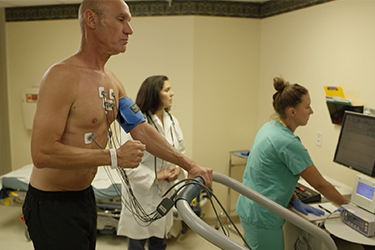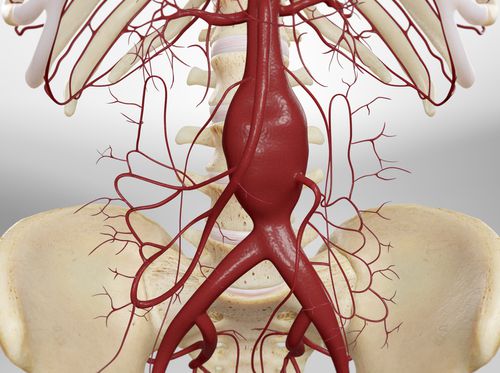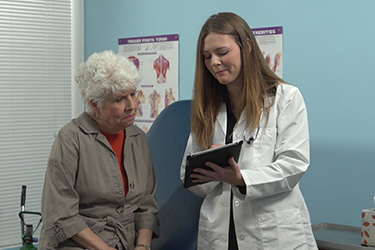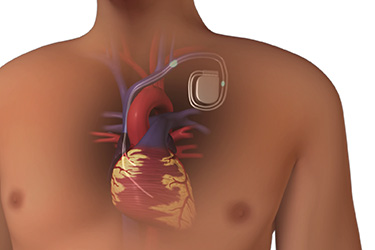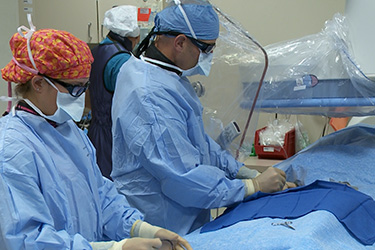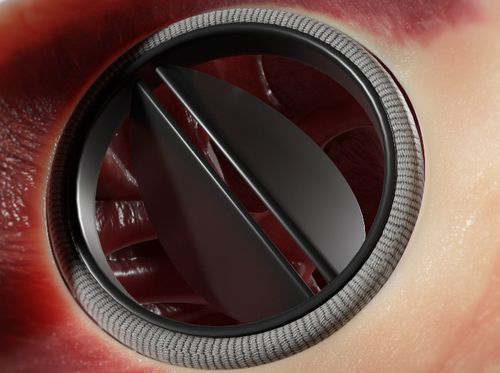Advertisement
Advertisement
Other Cardiovascular Procedures
Diagnostic Tests
Minimally Invasive Procedures
Show more
Atherectomy (Directional)
Excimer Laser Coronary Atherectomy (ELCA)
Rotational Coronary Atherectomy (RA)
Atherectomy (Transluminal)
Embolization for Cerebral Arteriovenous Malformation (AVM)
Catheter Ablation for Arrhythmia
Catheter Ablation for Arrhythmia
Right Heart Catheterization (Pulmonary Artery Catheterization)
Aortic Angiogram
Understanding Transcatheter Aortic Valve Replacement (TAVR)
Having a Transcatheter Aortic Valve Replacement (TAVR)
After Your Transcatheter Aortic Valve Replacement (TAVR)
Understanding Intra-Aortic Balloon Pump Therapy
Understanding Loop Recorder Implantation
Having Intra-Aortic Balloon Pump Therapy
Cardiac Procedures
Mechanical Thrombectomy
Angiography/Angioplasty
Show more
Coronary Angiography
The Angiography Procedure: What to Expect
Angiography: Understanding the Risks
What is Coronary Angioplasty?
Coronary Angioplasty (PCI, PTCA)
The Angioplasty Procedure: What to Expect
What is a Heart Stent?
Cardiovascular Stent Placement
Angioplasty and Stenting: Understanding the Risks
Angioplasty: Your Hospital Recovery
Angioplasty: Your Home Recovery
Angioplasty: Medications
After Angioplasty: Understanding Short-Term Complications
Angioplasty: What is Restenosis?
What Is a Coronary Angiogram?
Text in
English
What Is Coronary Angioplasty?
Text in
English
Balloon Angioplasty and Coronary Artery Bypass Surgery
Aortic Coarctation Balloon Angioplasty
Coronary Angiography
Coronary Angioplasty
Coronary Atherectomy
Coronary Stents
Having Cardiac Catheterization
Peripheral Angiography
Risks and Complications of Angiography
Peripheral Angioplasty
Discharge Instructions for Coronary Angioplasty and Stenting
Discharge Instructions for Cardiac Catheterization
Taking Blood Thinners After Percutaneous Coronary Intervention (PCI)
Follow-up Appointment After Percutaneous Coronary Intervention (PCI)
Lifestyle Management After Percutaneous Coronary Intervention (PCI)
Exercising Safely After Percutaneous Coronary Intervention (PCI)
Understanding Transradial Cardiac Catheterization
Pacemaker
Show more
Pacemaker Placement: Before Your Procedure
Pacemaker (Overview)
Understanding How Pacemakers Work
The Pacemaker Implant Procedure
Pacemaker Implantation (Endocardial Approach)
Your Immediate Recovery Following Your Pacemaker Implant Procedure
Adjusting to Life with Your New Pacemaker
Living With a Pacemaker
Pacemaker ID Card
What Is a Pacemaker?
Cardioversion (Electrical)
Patsy: Living with a Pacemaker
Biventricular Pacemaker and ICD (Biventricular ICD)
Pacemakers
Living with a Pacemaker
Discharge Instructions for Pacemaker Implantation
Implantable Cardioverter Defibrillator (ICD)
Show more
ICD: Understanding Heart Rhythms
Understanding Your ICD
Implantable Cardioverter Defibrillator (ICD) Implantation (Endocardial Approach)
Implantable Cardioverter Defibrillator (ICD)
Answers to Common Concerns About Getting a Heart Rhythm Device
Before and During the ICD Implant Procedure
ICD: Your Immediate Recovery Following the Implant of Your ICD
Adjusting to Life with Your ICD
What Is an Implantable Cardioverter-Defibrillator (ICD)?
Text in
English
